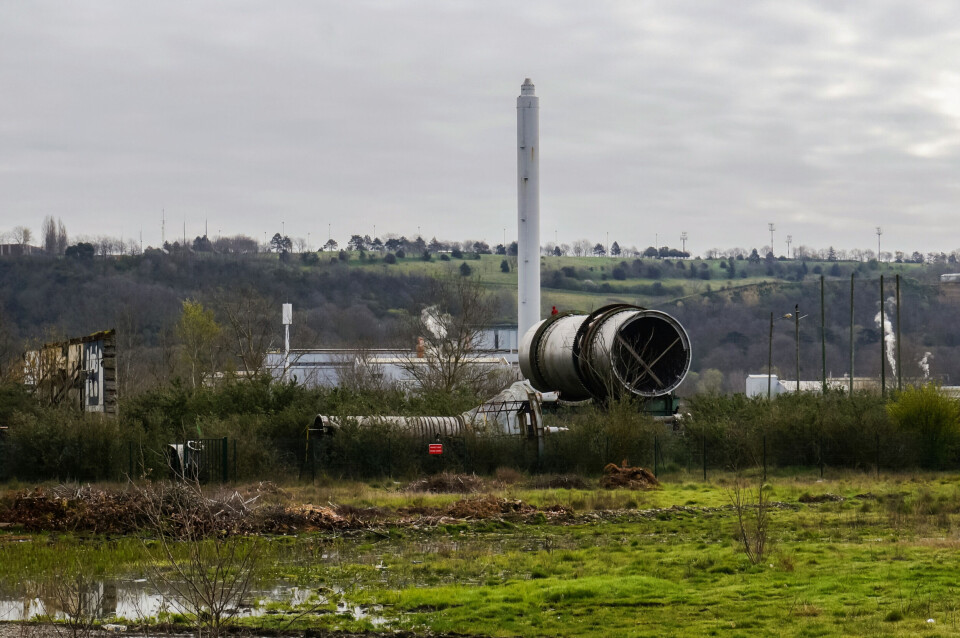-
Explosion at chemical plant near Lyon: where are other ‘at risk’ sites in France?
An estimated 2.5 million people live within a kilometre of a French Seveso site
-
Checks and safety laws explained after death in France from carbon monoxide
It kills around 100 and affects 3,000 people every year in France
-
Why is Bordeaux dropping in list of best places to live in France?
A recent ranking found the city had dropped from 8th place in 2020 to 27th place in 2024
Explainer: What are Seveso risk sites and where are they in France?
There are over 1,300 French chemical plants or other sites classed under EU directives as posing a particular risk to the surrounding environment

Yesterday (August 3), an explosion occurred at a factory located on the Eurenco site in Bergerac (Dordogne), injuring eight people – one seriously – and leading to a fire requiring the deployment of 60 firefighters.
Read more: Explosion at Dordogne chemical factory: low pollution risk for locals
The factory was a powder mill classed as a high-level Seveso site, but what does this mean in terms of regulation and risk to local populations?
Seveso sites are named after a 1976 industrial accident which occurred near the town of Seveso, in the Lombardy region of Italy.
The factory only had very rudimentary safety systems and environmental protection had not been considered.
Therefore, when a valve broke at the factory and released a chemical cloud containing the toxic dioxin TCDD, the local population were caught unaware.
Land and vegetation surrounding the factory were contaminated and thousands of animals died.
The company which ran the plant only admitted to the accident nearly a week after it occurred, but by then, cases of dioxin poisoning were already being reported, and 600 people had to be evacuated from their homes.
Some 2,000 local residents were treated for dioxin poisoning.
It was later ranked as the eighth worst man-made environmental disaster by Time magazine in 2010.
Greater safety regulations introduced
The accident triggered calls for greater safety regulations in the chemical industry, and led the EU to introduce its Seveso directive in 1982. This was later updated in 1996, 2008 and 2012.
This legislation aims to prevent accidents in factories where there is a particular risk to human, animal and environmental health, and to adequately respond to disasters that do occur.
Some 12,000 industrial sites across the EU where dangerous substances are used or stored – the majority of which are in the chemical industry – are concerned by the directive, which also relates to fuel wholesale and storage sites.
There were 1,301 of these factories and warehouses in France by the end of 2020, split into ‘low level’ and ‘high level’ controls.
In these factories, staff must record and declare the dangerous substances kept on site, carry out risk assessments, draft accident prevention plans and inform local people about the potential dangers.
A map of France’s Seveso sites can be found here.
France also contains 500,000 industrial or agricultural settings whose activities could pose a risk to the environment, perhaps in terms of pollution or noise, safety or health, and 50,000 of these are subject to specific security rules.
However, only the most dangerous are given the Seveso classification.
Although Seveso directive rules help to maintain safe practices in chemical factories, several accidents have occurred since the legislation was introduced.
For example, in 2001, an explosion at the AZF factory in Toulouse caused the death of 31 people, and in 2019, a fire at the Lubrizol factory in Rouen released a thick cloud of black smoke over the city.
When an incident does occur, Plans de prévention des risques technologiques (PPRTs) are put in place, enabling authorities to take measures including the evacuation of local populations.
Related articles
French city on alert after chemical plant blast
Another French chemical factory shut in security alert
Toulouse remembers 31 killed in AZF factory explosion 20 years ago
























